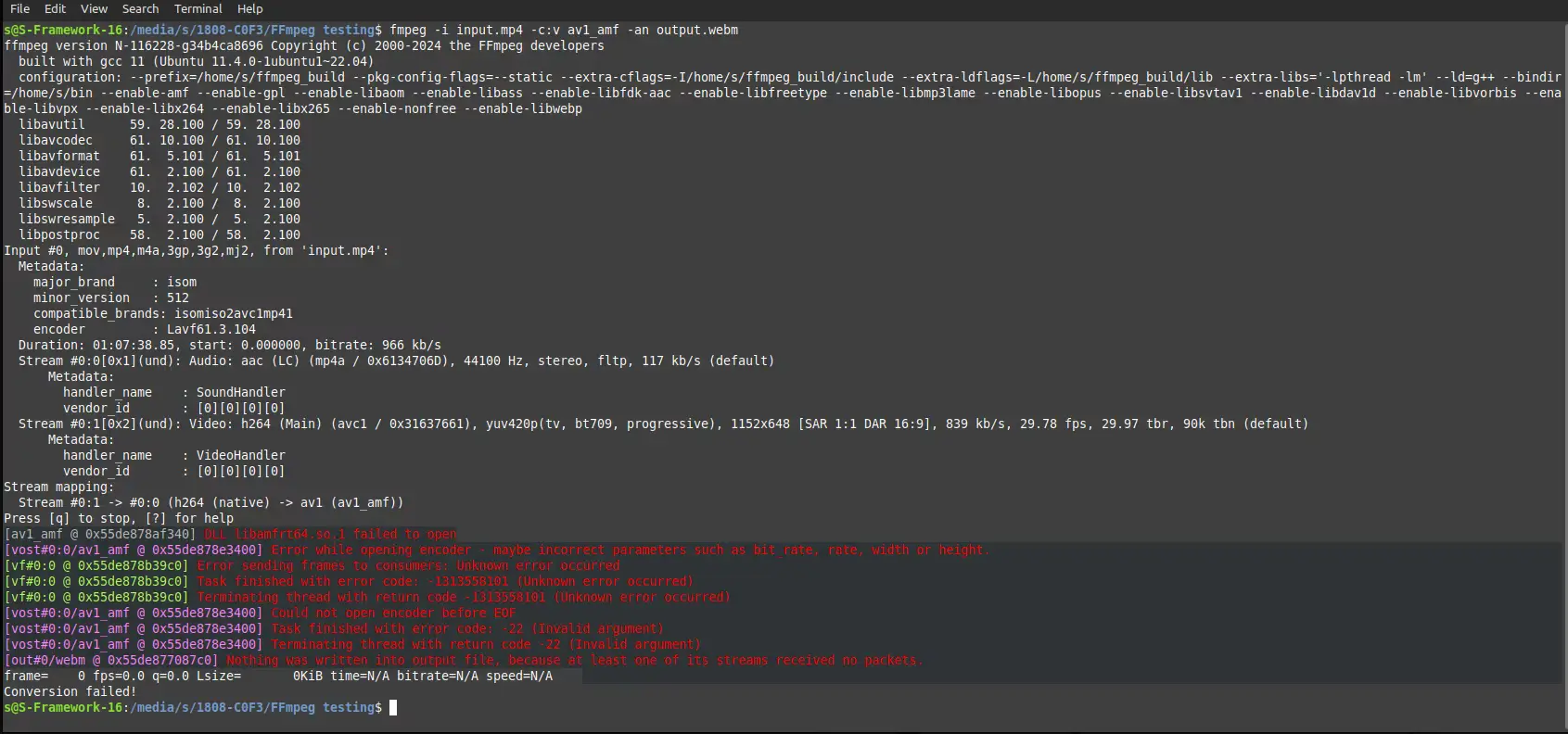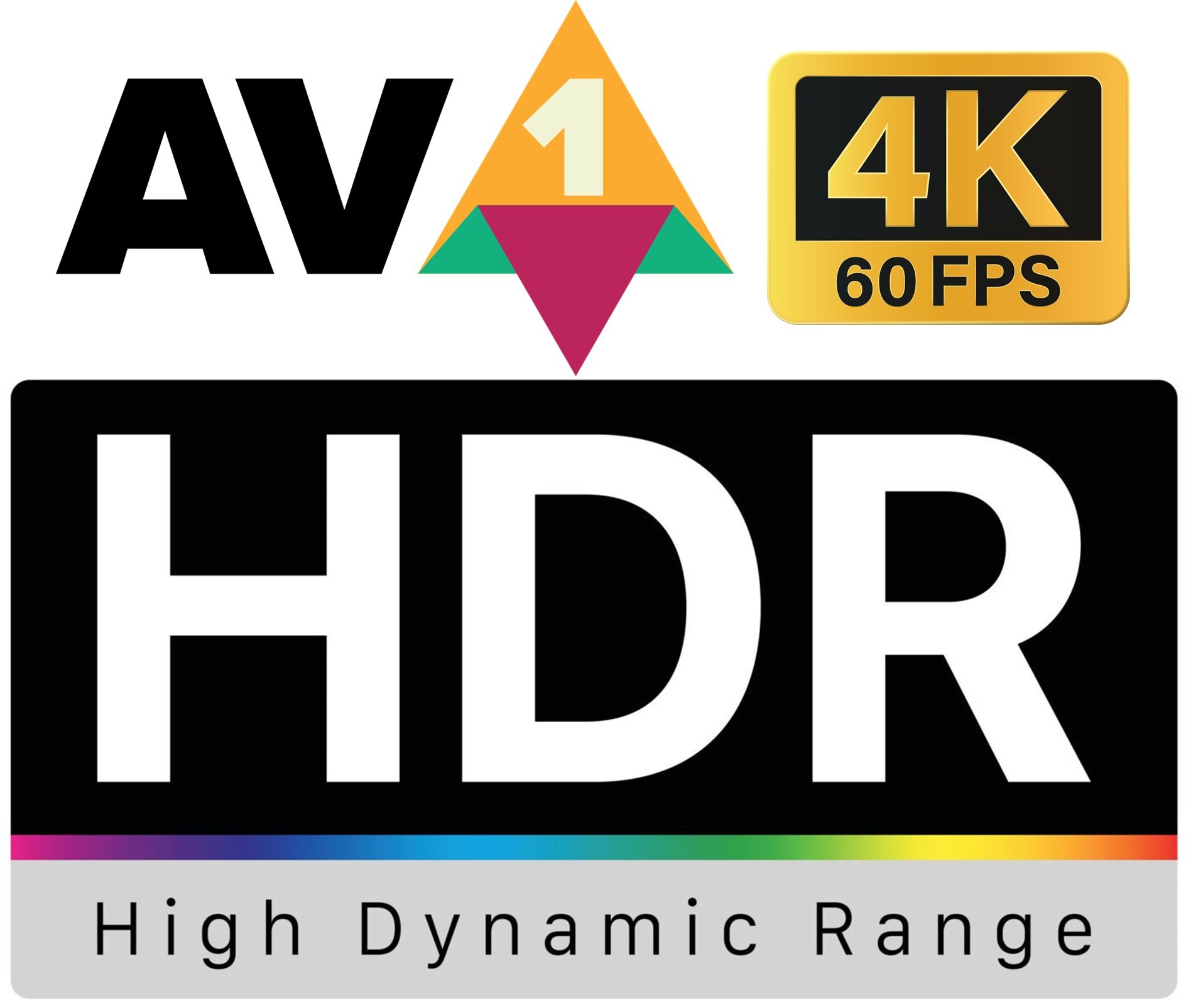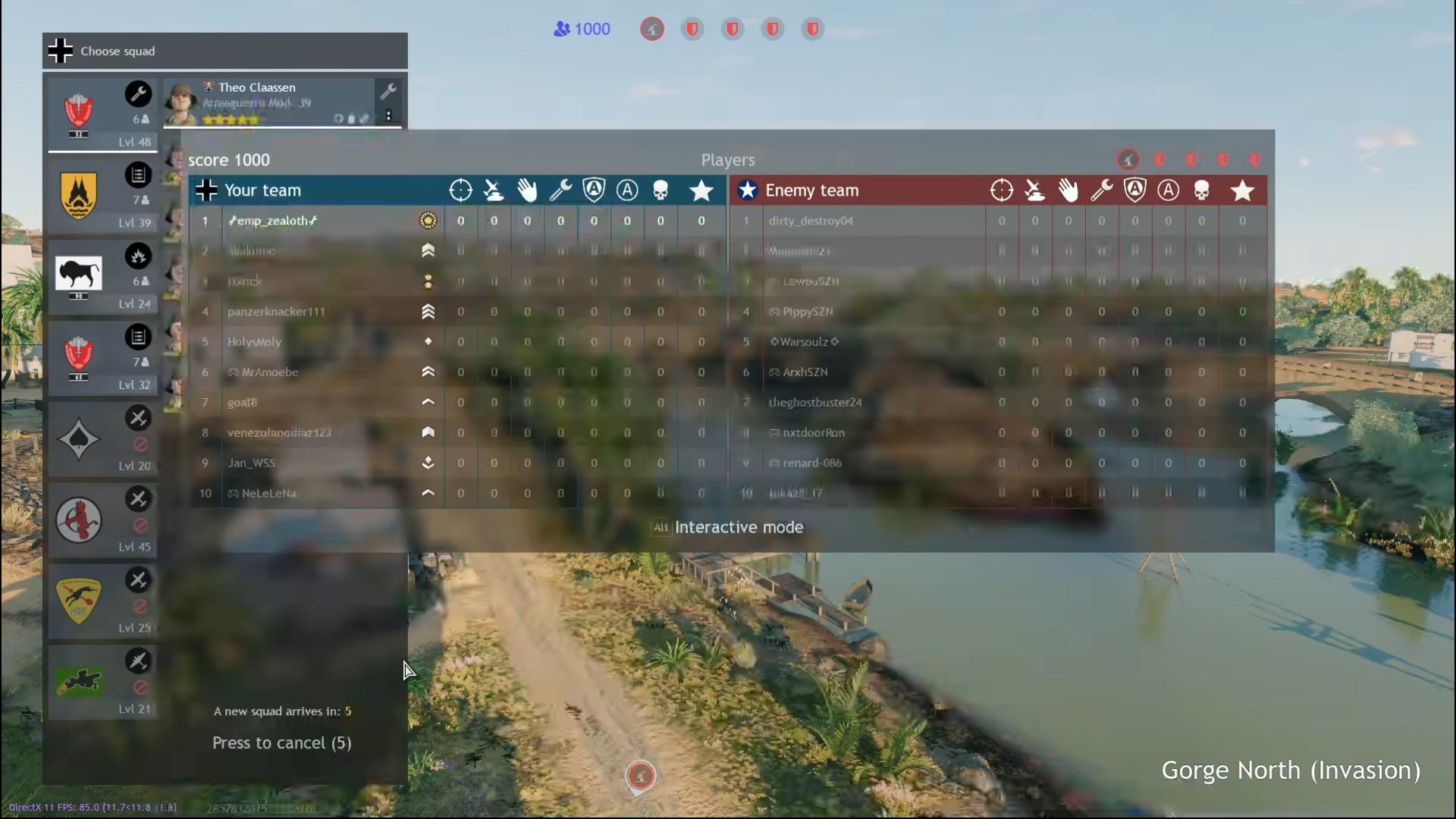Hello everyone. It's certainly been a while.
It may seem like there hasn't been a lot of movvement in the AV1 encoder world... but there's actually been a lot in this regard.
As you've already read from the title, this patchset adds in deltaq guided variance adaptive quantization. It's been made by our comrade u/juliobbv :
https://gitlab.com/AOMediaCodec/SVT-AV1/-/issues/2105
It helps to improve coding performance and visual quality in harder to encode scenarios, where low entropy/frequency areas tend to be ignored by the encoder at multiple levels (RD metric, skip modes); this helps it tremendously in this area.
- Pure BD-rate increases for harder content range from 3.75-10%+!
It manages to finally eclipse the harshest aom-av1-psy-101/lavish settings that even I could muster up.
At this point, SVT-AV1-PSY is the best public AV1 video encoder we have today.
- Until it's avif of course. aomenc still wins there.
Yet, it's not done yet as there are still improvements to be had to improve the encoder performance through some more advanced (but more compute intensive) opts.
This feature is available at all speed presets.
It hasn't been integrated into mainline SVT-AV1 obviously; you'll need to build them from source for now using either of these two fork repositories¹:
https://github.com/gianni-rosato/svt-av1-psy
https://github.com/BlueSwordM/SVT-AV1
Any of these repositories are fine. Mine just has an extra "psy" opts patch that reigns in alt-ref frame temporal filtering strength a bit.
Watch out for updates as they're updated as quickly with new working patches!
Here are the actual user settings:
--variance-boost-strength Variance boost strength, default is 3 [0-5]
--new-variance-octile Octile for new 8x8 variance algorithm. Set to 0 to use 64x64 variance algorithm, default is 4 (median) [0-8]
More detail can be found in the respective patchsets.
That'll be all from me for today. Questions and comments are appreciated.
¹ More links might be added to binary releases.






